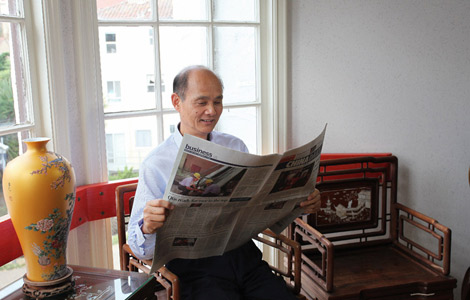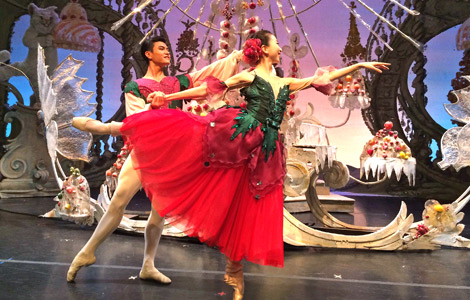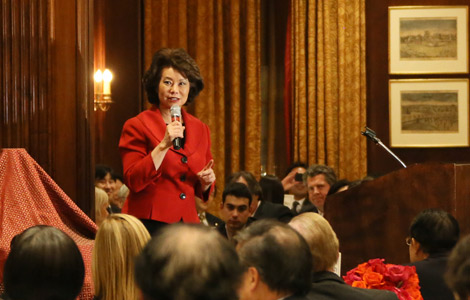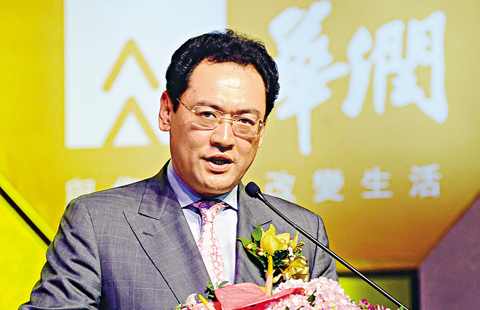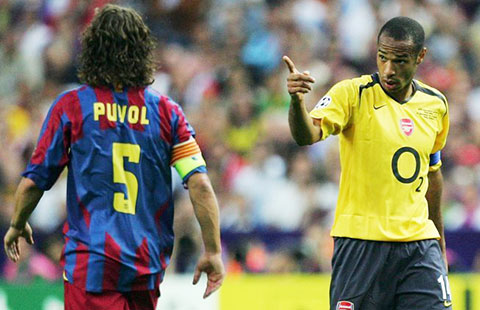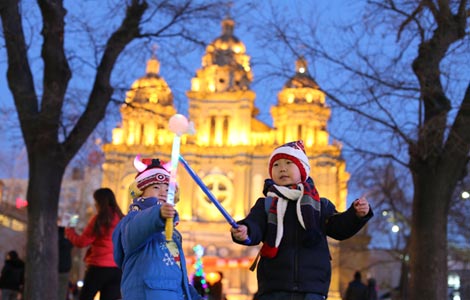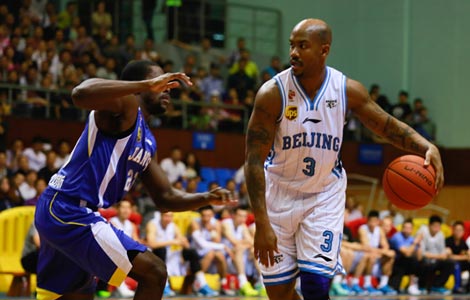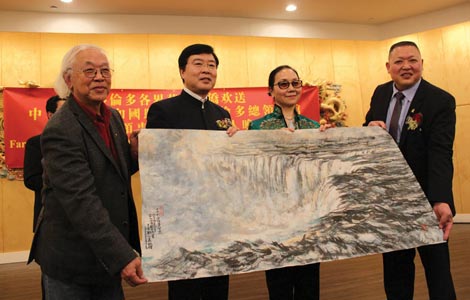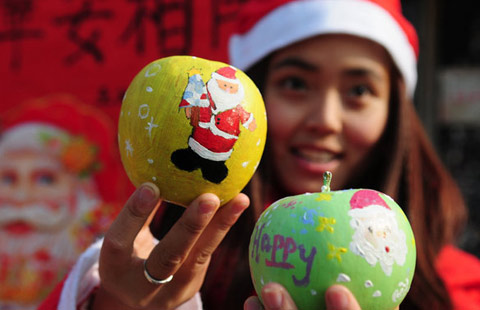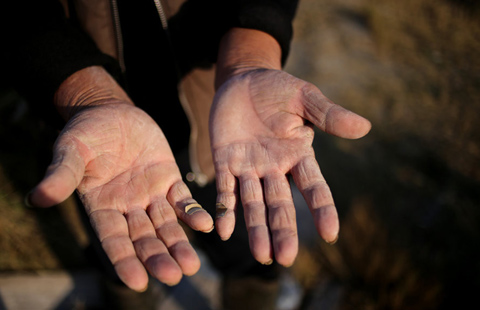Beyond relics
Updated: 2014-12-02 07:13
By Wang Kaihao(China Daily)
|
||||||||
A recent expo shows that Chinese museums are keen to innovate. Wang Kaihao reports in Xiamen, Fujian province.
By designing stereo earphones fashioned after chaozhu, a pearl necklace that high-ranking officials wore in ancient China, the Palace Museum may have set off a trend to attract visitors in creative ways.
The museum in Beijing, and other museums in China, are all seeking to do more than just exhibit cultural relics.
The Museums and Relevant Products and Technologies Exposition, a biennial event that was held in Xiamen, Fujian province, last week, turned out to be a useful platform for an exercise in innovation. More than 100 participating museums presented different approaches to draw visitors.
Other than the chaozhu-styled earphones, the expo had varieties of museum products such as antique-shaped cookies, traditional art-themed phone cases and toys modeled on historical figures.
"It's the responsibility of public museums to promote culture better and help visitors take home the experiences," says Shan Jixiang, director of the Palace Museum.
His museum sold some 6,000 kinds of cultural products for more than 600 million yuan ($97.8 million) in 2013. The museum also unveiled a model pair of mascots, a dragon and a phoenix, at the expo. The items will likely become hot properties in souvenir stores.
The Palace Museum was recently in the headlines for installing its own app and games on smartphones, the first by a Chinese museum.
"It's impossible for a small museum to attract both adults and children at the same time," says Wang Weiyi, an official of the Museum of the Western Han Dynasty Mausoleum of Nanyue King. The museum, which is located in Guangzhou, the capital of Guangdong province, has designed animation programs for children based on history.
"We choose to focus on the next generation to encourage parents to bring their children here during the weekends," he says. The measure also helps tackle the perception that museums are "too serious" a place.
The museum is spread over 10,000 square meters of area in southern China, where the Nanyue State had existed in the second century BC, and looks small when compared to the Palace Museum's 720,000-square-meter location.
But the Guangzhou museum isn't lagging behind in innovation. It developed an animation movie in 2010 by creating a fictional story about alien adventures in Nanyue State. Although the movie's plot seemed imaginary, details including rituals, costumes and social structure were inspired by archaeological discoveries.
Since the animation movie was broadcast on a local TV station, its popularity has compelled the museum to produce comic books and toys based on characters from it.
"When McDonald's souvenirs are favored by so many children, there's little reason why our museums, with China's rich history, should fail to find something appealing for young people," Wang says.
But many souvenirs are still far removed from modern life. At last week's expo, although some replicas of cultural relics sold for thousands of yuan, most people were seen frequenting shops selling small gadgets.
"When a museum designs its cultural products, it should extract the symbols of their collections rather than simply making copies, no matter how delicate the originals are," says Mo Ni, the design director for Red Dragonfly Artworks, a Guangzhou-based company that makes products for museums.
"As more Chinese travel overseas, and museum souvenirs are seen as one of the best gifts for their foreign friends, our designs need to combine traditional culture and pop culture," he says.
Mo adds that the industry has just taken off in China, so some ideas aren't mature enough. He cites the example of printing Peking Opera masks on erasers.
"Erasers are mostly used by children, but the masks may scare them," Mo says of the heavy makeup that Peking Opera artists wear during performances.
Cultural innovation isn't simply putting things together. While extracting cultural symbols, museums still need to find ways to make them travel, he adds.
A national committee for cultural innovation products, involving 31 museums nationwide, was established in 2013. Zhang Peng, the chief of cultural innovation office in Beijing's Capital Museum, says the panel's work is tough at its early stage.
"A major problem is many Chinese museums are public institutions fully supported by fiscal expenditure. It is still unclear whether they should be allowed to make a profit," Zhang says. "If they have no rights to freely dispose of the income they earn from selling the products, there may be an obstacle to nurture more creativity in the industry."
Besides, the development of such products needs specialist knowledge in archaeology, art design and marketing, expertise that the committee still needs, he adds.
Zhang says the committee also plans to have a shopping website, where members will be able to see souvenirs for the purpose of better marketing.
"We will protect the intellectual property of each museum's collection. However, we currently don't concern ourselves much with the question of whether our designs are copied by others," he adds.
Contact the writer at wangkaihao@chinadaily.com.cn
(China Daily 12/02/2014 page20)
Most Viewed
Editor's Picks

|

|
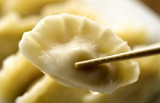
|
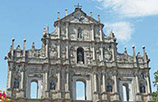
|

|

|
Today's Top News
Don't ignore own culture for Xmas, schools tell students
Christmas a day for Chinese food in US
China urged to tap Canada's talent
Research center honors late translator
Chinese dancer joins Nutcracker
Beauty firm's business not pretty in China
Reform set for GDP calculation
'Anti-graft' fight is hottest online topic
US Weekly

|

|
